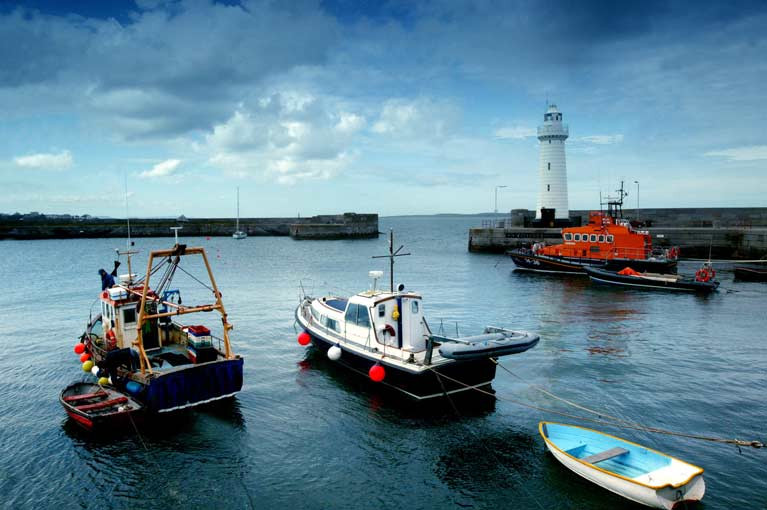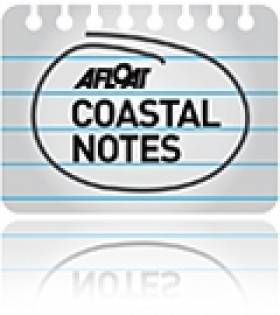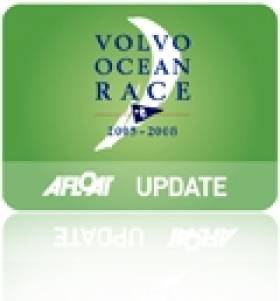Displaying items by tag: Slipways
Harbours & Slipways of Ards & North Down Reopen
Good news for those boaters keen to get back on the water in Ards and North Down in Northern Ireland.
All the Harbours and slipways operated by Ards and North Down Council will be open from this morning (Wed 27th May) following the easing of COVID-19 restrictions.
This action is in line with the NI Executive’s announcement last week regarding reopening access to certain outdoor activities, including water sports.
The council asks users to note that:-
- All harbour facilities will be operating with additional control measures designed to protect both staff and the public from exposure to, and transmission of, COVID-19 (more details are available at www.ardsandnorthdown.gov.uk/resident/harbours/introduction
- All those using the harbours for recreation are asked to adhere to social distancing guidelines and to be considerate to other users.
The harbours include Groomsport, Donaghadee, Ballywalter, Ballyhalbert and Cooke St Pier, Portaferry.
€23m Package for the Repair of Storm Damaged Public Piers, Harbours & Slipways (Funding List Here)
"In addition, a further €14.63m of funding is being provided for harbour development in 2014 and this represents a significant increase on the level of funding provided in 2013. This is an indication of the Government's commitment to developing our fishery harbours for the benefit of our fishing industry, seafood processing sector, other ancillary marine industries, tenants and the wider community. It is part of an ongoing and long term strategy to develop and improve the facilities at our Fishery Harbour Centres and other public harbours around our coast." (see table 3 below for details).
€11.63m of this is allocated towards safety, maintenance and new development works at six Fishery Harbour Centres at Howth, Dunmore East, Castletownbere, Dingle, Ros a Mhíl and Killybegs, in addition to infrastructural improvement works at "bull nose" pier, North Harbour, Cape Clear. This works also includes €4m for dredging works at Dunmore East.
€3m is being allocated for Local Authority Harbour Development and Marine Leisure programmes. The Department is contacting the relevant Local Authorities in relation to applications under this element of the Programme.
Flagship projects in the 2014 Capital Programme include the works at "bull nose" pier Cape Clear, major dredging works at Dunmore East, electrical upgrading in Howth, slipway works at Ros a Mhíl, Castletownbere and Dingle, and a small craft harbour in Killybegs.
The Minister commented that "the projects consisting of €23m in total capital expenditure will repair the storm damage to our vitally important fisheries piers and harbours network and will develop our harbours for the benefit of our seafood industry and the coastal communities dependent on this infrastructure. This package will help to ensure that this important infrastructure is fit for purpose in the modern era and will bring significant added value to local communities and much welcome jobs and economic activity".
#VOLVOOCEANRACE – 13 slipways around Galway Bay will give access to the water to launch and retrieve spectator craft for Volvo Ocean Race week. The slips include those on the north shore at Spiddal and one at Gleninagh Pier on the south shore as well as four other slip restricted for emergency use only. Full detials of the locations are on the map above. The predicted Galway dock gate opening times for Volvo Ocean Race week plus an image of the locations of Galway slip ways are also available for download as jpeg and pdf attachments below.
































































